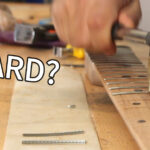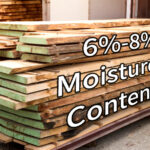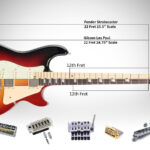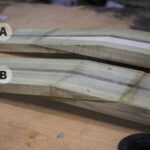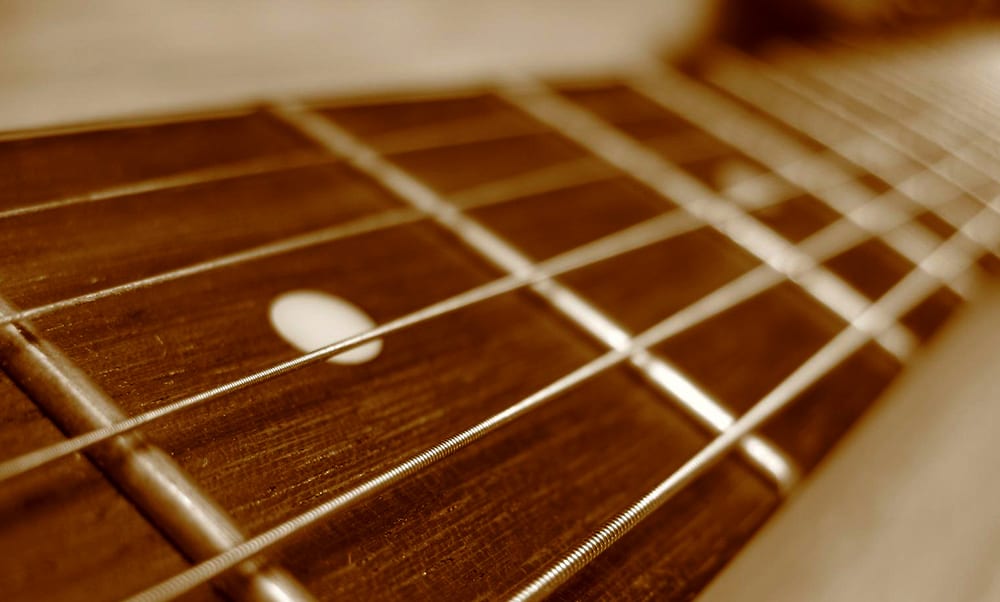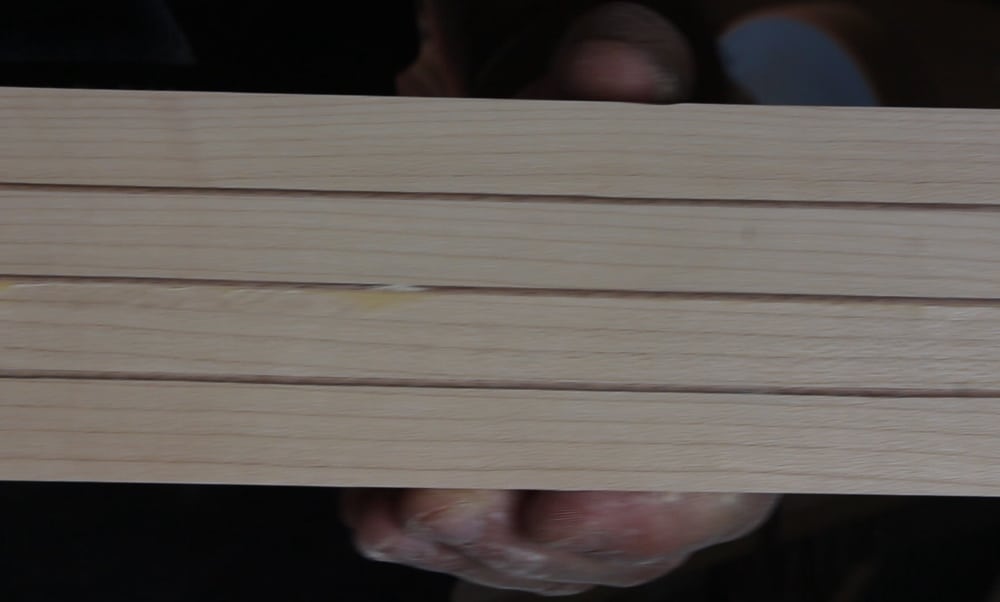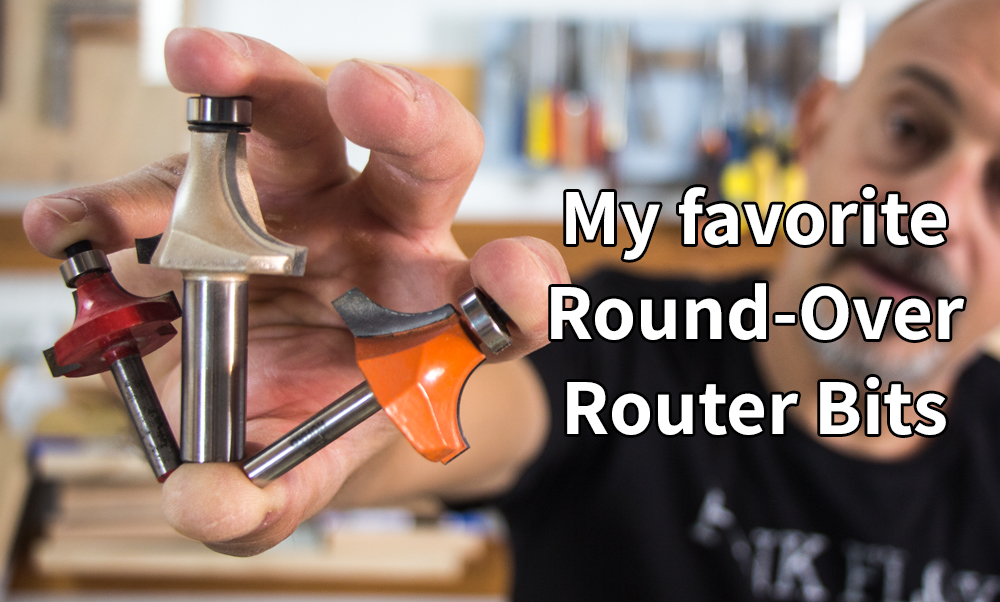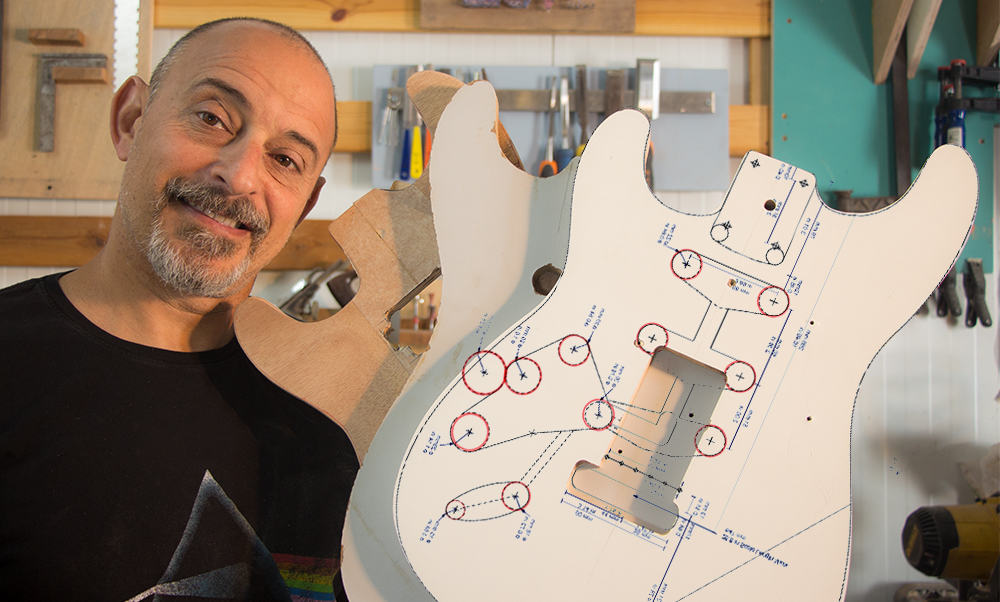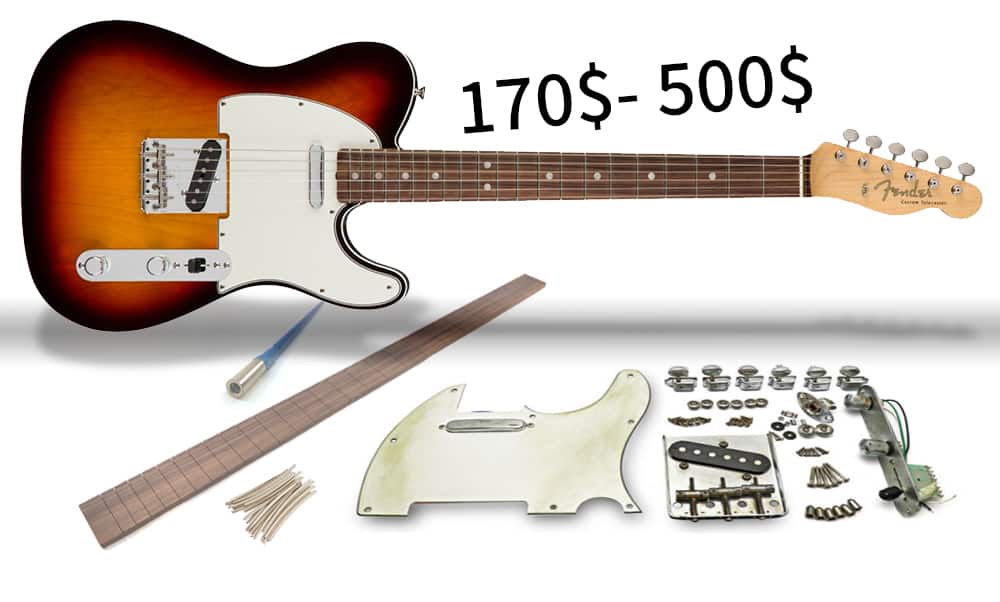A dirty fretboard isn’t just unattractive, over time it can actually damage the wood and even effect the performance. From sweat dirt and grime accumulating on the frets and corroding it, to cracked wood and falling frets due to the wood drying.
Cleaning a rosewood fretboard without damaging it can be done using wood oil soap, steel wool, lemon oil, and a towel. To properly clean it, you will need to unstring the guitar, protect the sensitive areas, remove the dirt, condition and polish, and restring the guitar.
A guitar needs to be cleaned particularly because over time, dirt, sweat, and dead skin accumulate on the fretboard, the frets, and the guitar strings. Rosewood boards are usually unfinished and it is important to pay more attention to them. The moisture, acids, and salts in sweat cause the wood around the frets to deteriorate, poorly cleaned frets will develop green corrosion all over the fret wire, and when the sweat evaporates, it dries out the wood and even cause the fretboard to crack. There is no need to fret about a grimy fretboard because with a few tips, you will be able to have a beautiful guitar begging to be played.
Steps to cleaning a rosewood fretboard
Step 1: Remove the strings
Yes, all the strings. Most people are refraining from removing guitar strings with worry of the myth that the guitar will be damaged. Fortunately, wood has very good memory and the only way to make sure that all the grime and nasty gunk is removed is by removing all the strings. However, if your guitar happens to be vintage, you might want to take extra care because removing the strings on your instrument can actually cause your vintage guitar to malfunction if it is not re-strung properly.
Step Two: Protect the sensitive guitar parts
Because you are going to be using steel wool to clean an electric guitar, it is important for you to cover the pickup using masking tape, or painters’ tape because bits of steel wool could get to the magnets and corrode the pickup or make noise if they are in contact with the strings.
Step Three: Clean the fretboard
Wood oil soap removes all the dirt and grime from wood and steel wool breaks up the buildup. Rosewood is especially dark but it is not as dark as ebony, although it does get dirty. Pour some wood oil soap on a piece of 0000 steel wool and then rub the soap onto the fretboard following the grain. 0000 steel wool is soft and it will not damage your rosewood fret board when you are cleaning it. Make sure it is 0000 steel wool and not a rougher one to prevent unwanted scratches.
Step Four: Remove the steel fibers
It is inevitable that steel fibers will shed from your piece of steel wool. Remember to remove the fibers from the guitar’s finish because they can scratch your guitar and you do not want that. A good, strong magnet or a vacuum cleaner should do the trick.
Step Five: Condition the fretboard
Using wood oil soap can make your fretboard look dull and take away the natural luster. However, lemon oil can bring back the shine to your rosewood fretboard. Lemon oil soaks into the wood and makes it look as good as new. There are different types and grades to lemon oil, some smell better, some are more natural, some are ‘for guitars’ and some are thinner than others. They are all OK and it’s up to your, preferences and budget to decide. Do avoid furniture lemon oil on your fretboard because it contains unwanted additives that may damage your instrument. Pour some lemon oil on a towel and then rub it onto your fretboard following the grain. A little goes a long way so do not be extra generous. Too much lemon oil will make your fretboard feel sticky.
A fretboard that is dried out and cracked can lead to your binding coming loose or lead to fret wire becoming loose. You’ll know that you’re going to need to condition your fretboard soon if you’re running your hands up and down the fretboard and the fret wire feels jagged and almost sharp
Step Six: Polish the frets
Polished frets not only look great, they are also going to be more comfortable to play and certainly smoother for bends. There are several technics to polish frets, all aiming at the same result, smooth shining frets. We are not talking about fret leveling or dressing, this is just a polish. Since we already went over the frets with 0000 steel wool, they may be very close to shiny already. At this point we don’t want to touch the wood board itself so either use a metal fret protector, or masking tape to cover it. As with any polishing job, with whichever fine abrasive you are using, you will start with the relatively lower grit and work up to ultra-fine. A few options include, Dry Steel Wool, sand paper of 2000 grit or higher or fret rubbers. How rough to start really depends on the condition of the frets. Unlike cleaning, you want to work along the frets. As a last touch, take a lint less, or microfiber clothe with a dab of polish compound. This should bring it to a mirror shine.
Step Seven: Restring the guitar
The process can be hard to master, but once you know how to do it then you will be able to do it fast and quick. Tighten the string posts, install the strings into the bridge all at one time. Keep tension on the string and cut a string post further from the designated string post, then put the string into the post and wind the tuning peg without the string lying on top of itself.
After you have stringed the guitar, tune it to your preference and you are ready for a great performance!
Cleaning and conditioning a bridge
This is very simple to do. All you need to do is to remove the bridge saddle and then use a toothbrush and guitar conditioner to scrub off the dirt and grime. Using a cotton swab, clean the saddle slot and when it is finally clean, wipe down the bridge using a paper towel. It’s as simple as that!
Cleaning the hardware
Just as sweat is bad for the fretboard, it is also an enemy of the hardware. Its acids and salts corrode the metal plating and attract dirt that clogs up any moving parts. When a guitar is completely neglected, the tuning keys and the string posts tend to rust. It is important to keep these parts clean to ensure that they look good and function well. You can use WD-40 and 3-in-one oil to clean the hardware but remember that they are only good for the metal and not for the wood.
Cleaning the finish
When cleaning the finish, avoid lemon oil or things with d-Limonene, alcohol, solvents, or silicone because they will destroy the finish as much as the sweat does. You can use water to remove the dirt and grime from the finish by using a damp towel to clean it, and then use pure carnauba wax, which is safe for most finishes, to perfectly polish it.
Related Questions
Can I clean my Maplewood fretboard the same way I clean my rosewood fretboard?
Using steel wool on your Maplewood fretboard can damage it. Maple wood needs to be cleaned using a damp cloth which is especially great for a satin-finished fret-board. Steel wool can destroy the fretboard with a matte-like finish. It is important to have your guitar at optimum condition during all times.
Can I remove my guitar’s hardware?
A guitar’s hardware can be removed and adjusted for various reasons such as cleaning, repair and replacement. However, it is important to know that it can positively or negatively affect your performance. If you are planning to dissemble any part of the guitar, make sure you know how to put it back together and tune it or adjust it back to where it needs to be.
Is vinegar good for cleaning my fretboard?
Vinegar is a better solvent than water and it also evaporates faster than water. However, it also dries out wood so after you have cleaned your fretboard using vinegar, be sure to condition it properly.

